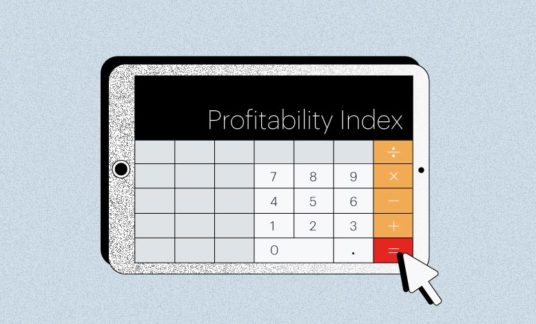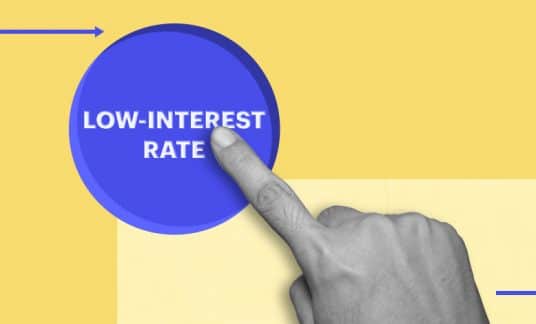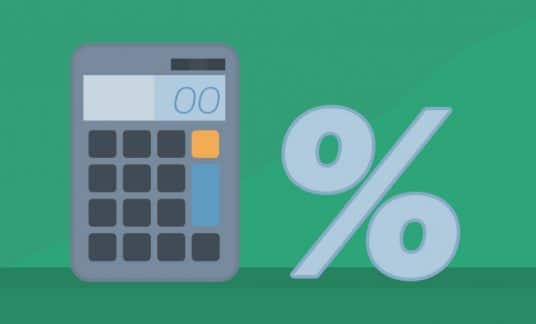The majority of companies that go out of business do so because of one reason: they run out of cash. It might be they didn’t make enough sales or generate enough revenue to offset expenses. Maybe they overestimated demand and bought too much inventory
While sales occur when you sell a product or service, cash only exists when you get paid by your customers. You can’t pay your bills with sales receipts until you’ve got revenue coming in.
What Is Cash Flow?
Cash flow represents the amount of money coming in vs. going out of your business each month. What’s leftover after paying your bills is your free cash flow that can be used to pay down debt, reinvest in your business, bank for future expenses or take profits.
According to a study by QuickBooks, 80% of small business owners say they experience stress because of their cash flow. The majority of small businesses reported experiencing cash-flow problems at some time in their company’s history. That isn’t unusual. What’s surprising is that 44% of the business owners that did have cash-flow issues said it came as a surprise.
A surprise cash-flow issue can cause serious problems. It can create difficulty paying your bills, suppliers or employees. A cash-flow problem can force business owners to take out loans or dip into their personal funds to make up a shortfall.
When you can accurately forecast your cash flow, you can make better decisions about running your business.
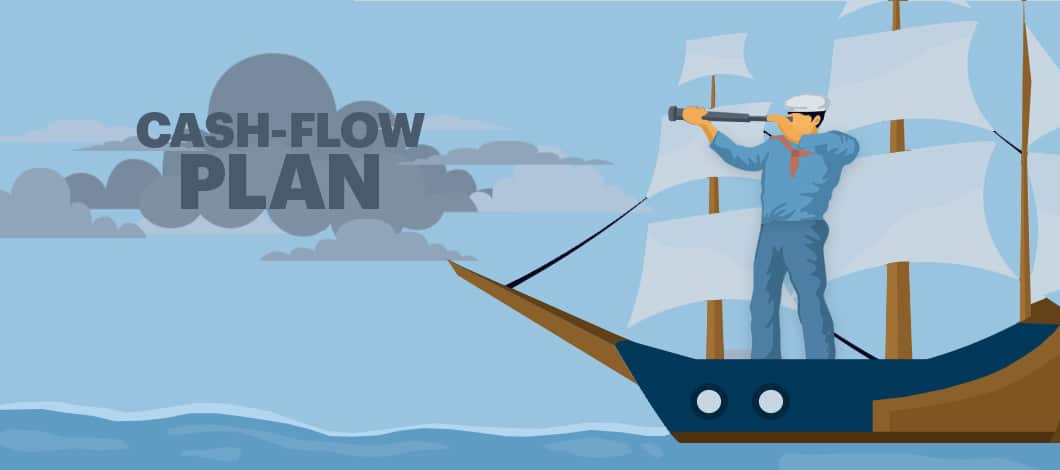
What Is a Cash-Flow Plan?
A cash-flow plan predicts the amount of money coming into and out of the business each month. You can create your cash-flow projection in 4 simple cash-flow plan steps.
- Decide your cash-flow forecast period
- Estimate your projected income
- Estimate your projected expenses
- Subtract expenses from income
Most businesses create a cash-flow forecast during their annual budgeting process and do a monthly cash-flow plan to evaluate the plan against the budget. Whether you have a positive cash flow or a negative cash flow often determines whether businesses can invest, take profits or need to adjust planning to compensate for shortfalls.
While the formula itself may be simple, gathering the information to project income and expenses aren’t so simple.
Revenue
For estimating revenue, you need to take into account:
- Cash receipts
- Collections
- Income from investments
- Other incoming cash, such as tax refunds
Expenses
When estimating expenses, you will want to examine:
- Merchandise or inventory purchases
- Gross wages paid
- Payroll expenses
- Any outside services or subcontractors
- Supplies
- Insurance costs
- Repairs and maintenance
- Advertising
- Accounting or legal expenses
- Mortgage payments or rent
- Utilities
- Taxes
- Loan payments
- Business credit card payments
- Other expenses
Nonprofit organization SCORE has a free cash-flow projection template you can use to help figure out your cash-flow plan.
Why Are Cash-Flow Forecasts Important to Small Businesses?
While you can’t control everything about your business, when you understand your cash-flow forecast, it can help you make better decisions about the things you can control.
Managing Growth
If you want your business to grow, you need to have the infrastructure to support that growth. Even businesses that have strong sales can struggle with cash flow, however. Cash-flow forecasts help you plan growth.
Plan for the Future
Besides growth, cash-flow forecasts help you be proactive about planning. If you know that you are cash-flow positive, it can give you the confidence to move ahead with plans. If you project a cash-flow shortfall, it may give you time to take proactive steps to alleviate the situation such as cutting back on expenses or launching new sales initiatives.
Trend Analysis
By analyzing cash-flow trends, you can more accurately predict when customers pay their bills so you have a better idea of when you will have cash on hand. You also can recognize patterns that can affect your cash flow and adjust your collection policies.
For example, when you start to see lags in payment times, offering a small discount in exchange for customers to pay bills at the time goods or services are delivered can bolster your cash flow.
Assessing Business Health
If you are looking to take out a business loan, seek outside investment or sell your business, one of the key ways your business will be evaluated will be on cash flow.
Sales projections can be volatile measures. Contracts might be canceled or customers might go out of business. As we’ve learned over the past couple of years, supply chain disruptions can leave businesses without inventory to sell so projected sales never materialize. Cash flow, on the other hand, gives lenders, buyers and investors a more accurate gauge of a company’s financial health.
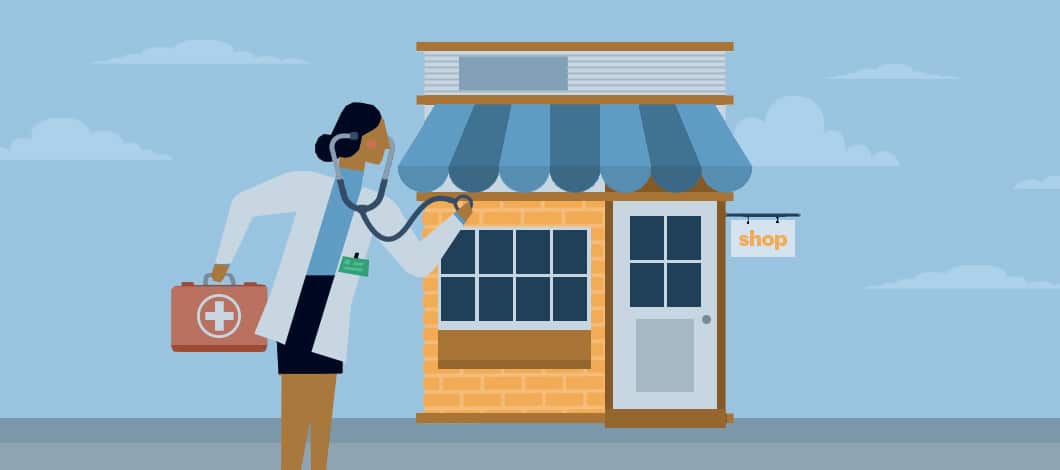
Cash-Flow Analysis Example
One of the easiest ways to take a look at your cash flow is by examining your monthly bank statement. If you have more money in the account at the end of the month than you did at the beginning of the month, you’ve got a positive cash flow. Congratulations.
A cash-flow forecast, however, is designed to look ahead so you can anticipate how that cash-flow statement will look in the months ahead.
Let’s take a look at a cash-flow analysis example for one month. We would first look at the cash coming into the business. For example:
- Cash receipts: $30,000
- Collections: $60,000
- Income from investments: $10,000
- Other incoming cash, such as tax refunds: $0
For this month, incoming cash adds up to $100,000.
Then, we look at expenses. Rather than detail each item in our example, let’s assume expenses for the month total up to $80,000.
$100,000 minus $80,000 equals a positive cash flow of $20,000 for the month.
Here’s why this is important to know. If you know you can count on a positive cash flow every month, it can help you plan for capital expenses or business expansion.
Where the cash-flow analysis gets more complex is when you start looking out multiple months or the year ahead. Many businesses have seasonal cycles that need to be taken into account. Just because you have positive cash flow in the first quarter doesn’t mean it will stay that way all year long. Thus, it’s important to project your cash flow out further to make smart decisions.
How to Better Manage Your Cash Flow
One of the key reasons to create a cash-flow forecast is to plan for the future. If you anticipate a cash-flow problem or just want to maximize your cash flow, there are several steps you can take.
Incoming Cash
When you can get paid more quickly, you can boost your cash flow. A more aggressive collections strategy can help bring cash in more quickly.
For example, you can ask for deposits or cash upfront on orders or shorten the period required for customers to pay their bills.
You also can provide different credit terms for different customers based on past experience. In the past year, for example, small businesses have experienced growing concerns about late payments from large corporate clients. Half of small businesses say they have experienced an increase in late payments from large companies, according to a survey by YouGov and business-to-business payment company Melio. Knowing this, you may want to consider the impact of late payments on your cash flow and implement stricter credit policies.
Outgoing Cash
Timing your accounts payable can improve your cash flow.
Rather than paying bills early, you can wait until they are due. Depending on your relationship and creditworthiness, you may be able to negotiate terms with suppliers to extend payment dates.
While you can slow down your payments to suppliers and others to which you owe money, you’re taking a risk. Slow pays or late payments can damage your relationships and hurt your business credit score. In turn, this can affect your ability to get business financing or may lead to more restrictive (or expensive) credit terms.
You also may be able to improve your cash flow by paying your bills early. Many suppliers will offer discounts for prompt payment.
Use Cash-Flow Projections to Better Manage Your Business
From the smallest businesses to the largest corporations, a cash-flow projection can help you better manage your business. Plan for any cash shortfalls and eliminate surprises.



